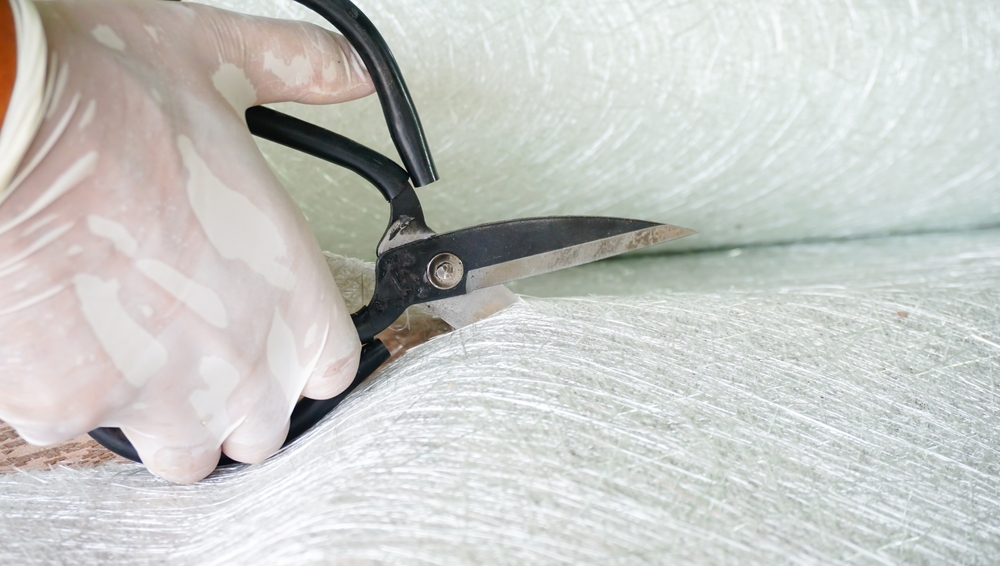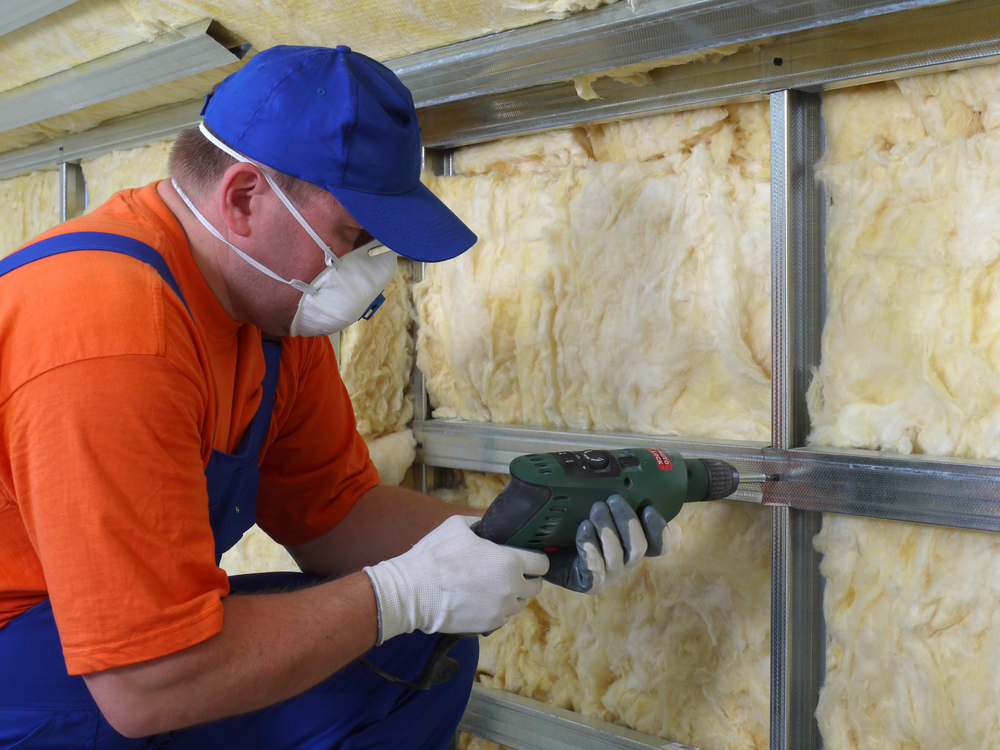Differences Between Rockwool vs Fiberglass Compare insulation on fire resistance, cost, durability, and more. Find the best option for your home today!

Rockwool vs Fiberglass: Insulation Showdown
The choice between Rockwool and fiberglass insulation is crucial in construction and home improvement projects. Each material has its benefits and limitations. Understanding their properties can help you make an informed decision that suits your specific needs.
Composition and Manufacturing
Rockwool, also known as mineral wool, is created from igneous rock, usually basalt, and slag, which is an industrial waste product. The manufacturing process involves melting these raw materials at high temperatures before spinning them into thin fibers, resembling wool. This structure traps air, giving Rockwool its insulating properties.
Fiberglass, on the other hand, is made from fine strands of glass. The production involves melting sand and other minerals, which are then spun into fibers. These fibers are bound together using a resin to form a mat. The end product is lightweight and easy to handle.
Thermal Performance

Both Rockwool and fiberglass are effective insulators. They reduce heat transfer, maintaining indoor temperatures. Rockwool typically has a slightly higher R-value per inch compared to fiberglass. The R-value measures a material’s resistance to heat flow. Higher R-values mean better insulation performance.
Rockwool’s density and structure contribute to its efficiency. It can maintain performance even in extreme temperatures. Fiberglass, while effective, may suffer performance dips if moisture seeps into it. Proper installation is key to maximizing its thermal insulation capabilities.
Soundproofing Capabilities
Rockwool excels in sound insulation. Its dense and fibrous nature absorbs sound waves effectively. This makes it suitable for applications where noise reduction is a priority, such as in music studios or urban homes. It reduces both airborne and impact noise.
Fiberglass also offers soundproofing benefits, though it’s not as effective as Rockwool. It’s often used in interior walls and ceilings for moderate noise control. The performance can be enhanced with thicker batts or panels, depending on the requirement.
Moisture Resistance
Rockwool is inherently water-resistant. It repels water and doesn’t absorb moisture, which prevents mold growth and maintains its insulating properties. This quality makes it ideal for damp environments, like basements and exterior walls.
Fiberglass is not naturally water-resistant. It can absorb water if exposed, leading to reduced insulation efficiency and potential mold issues. Proper vapor barriers and moisture management are essential when using fiberglass in humid areas.
Fire Resistance
Rockwool’s non-combustible nature gives it a significant fire-resistance advantage. It can withstand temperatures over 1,000°C without melting. This makes it a preferred option in fire-prone areas and gives an added layer of safety to buildings.
Fiberglass offers decent fire resistance since glass fibers don’t burn. However, the resin binding agents might release smoke or melt when exposed to high heat. It’s still considered a safer option than many other insulating materials.
Environmental Impact
Both Rockwool and fiberglass have environmental considerations. Rockwool is manufactured using primarily natural and abundant resources. However, its production is energy-intensive due to the high temperatures required to melt raw materials. The industry is working on reducing the carbon footprint of this process.
Fiberglass is made from sand, a plentiful raw material. Its production consumes less energy than Rockwool, making it a slightly greener choice in this regard. Recycling initiatives are also in place to minimize landfill waste from used fiberglass products.
Installation and Handling
Rockwool is relatively rigid and easy to cut, making it straightforward to work with. It’s heavier than fiberglass, which can make transport and handling more labor-intensive. Its itch-free nature is a plus for DIY installers.
Fiberglass is lightweight and flexible, allowing for easy installation. However, its fibers can irritate the skin, eyes, and respiratory system. Proper safety gear, like masks and gloves, is recommended during handling. Cutting fiberglass into unusual shapes is simpler compared to Rockwool due to its flexibility.
Cost Considerations
Price plays a significant role in material choice. Rockwool tends to be pricier than fiberglass. This is due to its superior performance traits like fire and sound resistance. However, the higher initial cost can be offset by long-term benefits such as energy savings and durability.
Fiberglass is more budget-friendly, which makes it accessible for a wider range of projects. Despite its lower cost, it still performs well for typical insulation needs. Its availability in various formats, such as rolls and batts, provides flexibility to suit different budget constraints.
Applications and Use Cases
Rockwool is versatile. It’s favored in situations that demand robust thermal and acoustic insulation, such as in industrial applications, theaters, and high-end residential buildings. Its moisture and fire-resistant properties also make it ideal for exterior walls and roofing.
Fiberglass is commonly used in residential construction. It’s suitable for attic insulation, wall cavities, and HVAC systems. Its affordability and ease of installation make it a popular choice for retrofitting projects and new builds alike.
Durability and Longevity
Rockwool’s inorganic nature ensures it doesn’t degrade over time. It’s resistant to rot and doesn’t harbor pests. Its long lifespan can contribute to lower maintenance costs over a building’s life.
Fiberglass, with proper care, can also be long-lasting. It’s less resistant to adverse conditions like moisture infiltration, but if kept dry, it can serve effectively for many years. Regular inspections can help maintain its performance.
Health and Safety Considerations
Rockwool poses little health risk during installation. It’s generally safe to handle without significant protective gear. However, dust generated during installation should be controlled to avoid respiratory irritation.
Handling fiberglass requires caution. The fine glass fibers can cause skin reactions and respiratory issues. Wearing protective clothing, masks, and goggles is critical to manage exposure. Once installed, it poses minimal health risks to occupants.
Innovations and Developments
Rockwool manufacturers are focusing on sustainable practices. Efforts to reduce energy consumption during production and initiatives to increase the recycled content in products are underway. This aligns with global trends towards eco-friendly construction materials.
In the world of fiberglass, advancements are being made in reducing binders that release volatile organic compounds (VOCs). Innovations in blow-in fiberglass systems offer improved ease of use and performance, especially in hard-to-reach areas.
Conclusion
The choice between Rockwool and fiberglass depends on specific project needs, environmental considerations, and budget constraints. Each material brings its own advantages to the table, and careful evaluation is essential to selecting the right one for your insulation needs.




Subscribe for Updates
Get the latest articles delivered to your inbox.
We respect your privacy. Unsubscribe anytime.